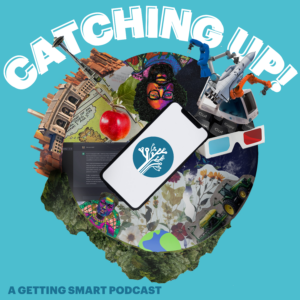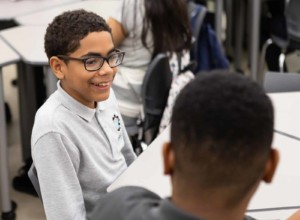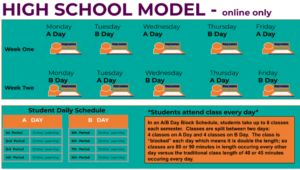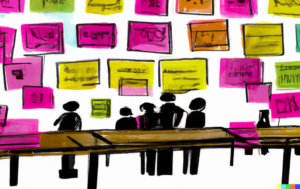Designing Pilot Programs for Schools and Districts

What do you do when you think a new program or EdTech tool could benefit your district or school’s students, but you just aren’t 100% sure it will be a good fit?
For principals and superintendents looking to try out an innovative new practice, we think that pilot programs are one of the most reliable ways to make an informed decision based on the unique needs of the students you serve.
To get to the bottom of how to design a high-quality pilot, Getting Smart recently partnered with the Learning Assembly, a national network of regional nonprofits that help schools and districts design and implement pilot programs, to create a three-part podcast series sharing important lessons learned by Learning Assembly members during their experiences developing and implementing pilots in K-12 environments. Here are highlights from each of these interviews.
LearnLaunch + Boston Public Schools
In our first episode, we spoke with Megan Smallidge, professional development project manager at LearnLaunch, and Lynda-Lee Sheridan and Cathy Lyons, principal and second-grade teacher, respectively, at Boston Public School’s Franklin D. Roosevelt K-8 School (a participant in one of LearnLaunch’s pilots).
Here, we learned about what a pilot is and what it takes to lay the foundation for an initiative that can provide the data its organizers are looking for. Among the great lessons they had to share, the following key themes emerged:
- “Prep work” (such as goal-setting) and professional development are crucial before starting a pilot.
- Success can take many different forms–it’s important to be adaptable and open-minded.
- For a pilot to be successful, teachers need to get engaged with the product or program. Creating an environment in which teachers are encouraged to participate through support networks is a good way to accomplish this.
Highlander Institute + Providence Public Schools
In our second episode, we learned about the technical details that need to be taken into account from Laura Jackson and Joshua Marland, the project manager and the director of data & analytics at Highlander Institute. We also heard from Cameron Berube, director of curriculum and instruction for Providence Public Schools, a participant in one of Highlander’s pilots.
The key ideas they had to share were on the importance of finding a strategic balance based on your district or school’s capabilities, between sample size, pilot duration, data usage, and collaboration between districts and their EdTech partners in the pilot process.
LEAP Innovations + Talcott Fine Arts and Museum Academy
In the third episode, we spoke with Kristen Howell, pilot network director of LEAP Innovations, and Jessica Kertz of Talcott Fine Arts and Museum Academy, who has participated in two of LEAP’s pilots.
They shared their thoughts on how important teachers are to K-12 pilot program success, and these three key lessons learned during their time organizing and implementing pilots:
- It’s important to start with a framework to align all pilot participants–from teachers to administrators–around a shared understanding of your goals and vision.
- Personalized teacher PD is crucial, and should start even before the pilot to ensure that teachers are confident and engaged.
- Selecting a new EdTech tool is about more than looking for what’s newest and shiniest. It should be a process that involves a deep look–based on teacher input–at what a district or school currently has, and what they need.
Pilots can be a great option when trying to determine whether or not a new tool or program will be a good fit. However, piloting a new tool isn’t a magic bullet and can be a tricky process to design and execute well.
If you’re interested in hearing more from a range of experts on how you can make a pilot work in your environment, give this series a listen and then check out the Learning Assembly’s recently released Pilot Toolkit, another valuable resource.
Stay in-the-know with all things EdTech and innovations in learning by signing up to receive the weekly Smart Update. This post includes mentions of a Getting Smart partner. For a full list of partners, affiliate organizations and all other disclosures, please see our Partner page.







0 Comments
Leave a Comment
Your email address will not be published. All fields are required.